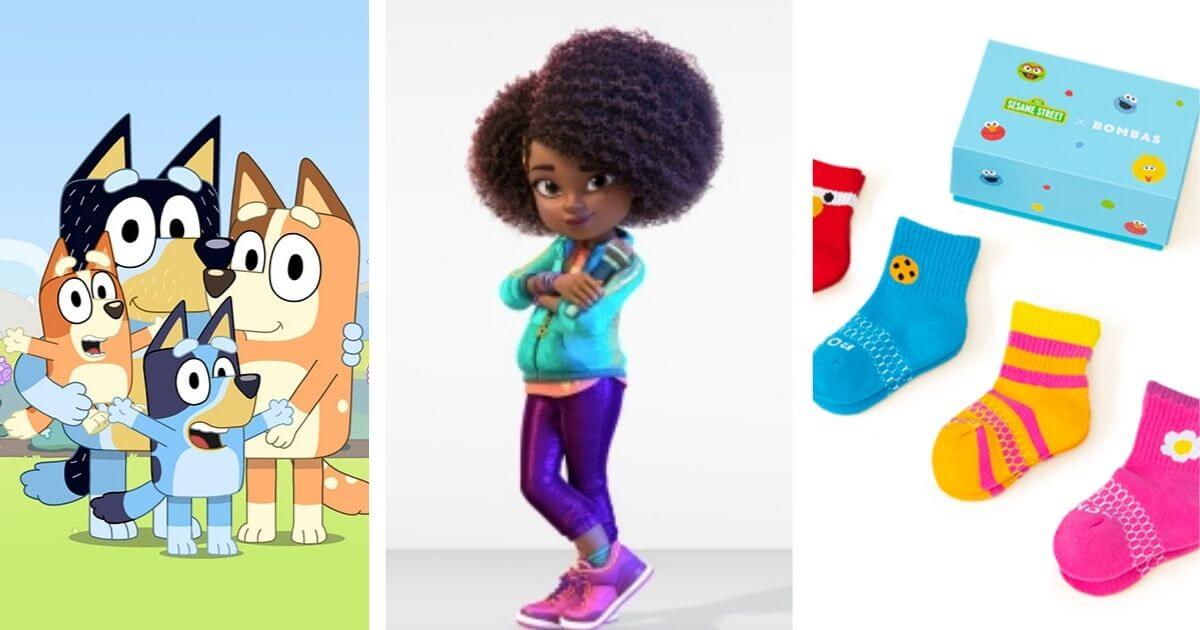Formulas for Kids’ Licensing are Changing

With children latching on to characters and series across a broad range of services and devices, the licensing community is deploying new strategies and tactics to connect them to products
To be sure, toys and publishing mostly remain the primary building blocks of licensing programs tied to children’s properties. But routes to market such as print-on-demand and direct-to-consumer sales are playing an increasing role in grabbing the attention of kids more attached to their smartphones and tablets than to traditional TV.
Timing Issues
The tsunami of content that kids watch on demand is creates a complex set of issues for everyone in the product food chain. “The content landscape now is incredibly deep and the variety of content is vast as ever and what complicates it even more is the variety of ways people consume the content,” says Suzy Raia, VP Consumer Products BBC Studios America. “What can’t be controlled is the timing of when the content is viewed. That impacts retail because it has always been about timing and building up to a moment that all these categories rally around in creating a physical moment at retail based on what is happening in the content itself.”
So while the foundational categories remain mostly the same, strategies vary. “We don’t follow a formula anymore; we go out with what makes sense for the brands and fill in the categories around that,” says Kristin Lecour, VP Consumer Products at 9 Story Entertainment. “We are taking a more considered approach because to break through in a crowded market, you have to make sure the products are a natural extension of what is resonating in the content. It’s giving children what they like from the actual content versus taking logos and slapping them on t-shirts and other products.”
For example, to support the series it developed with rapper Chris “Ludacris” Bridges for Netflix, “Karma’s World,”, which targets 6-9-year-olds, 9 Story signed more traditional licensing deals with Mattel (toys) and Scholastic (books and journals) for products that will launched in 2022, but also is considering direct-to-consumer (DTC) and on-demand businesses for the brand, says Lecour.
Similarly, BBC Studios, while having toys (Moose Toys) and publishing (Penguin Random House) deals for its “Bluey” children’s series available at Walmart and Target, apparel licensee Bentex is starting with DTC before moving to retail. Bluey also built its case for U.S. retail by launching in Australia, home to its production company, Ludo Studio, in 2018 on ABC Kids to prove out demand for licensed products, says Raia. Bluey launched in the U.S. last fall and is arriving in the UK this year.
And retail buyers bruised by the global pandemic are more cautious than ever to place bets on new properties. Many have been relying on evergreen children’s properties during the past year and with film releases being delayed, initial forays into DTC or on-demand have become important in proving a brand’s popularity.
“I used to see about a dozen or so new properties each year” says a toy buyer at a major retailer. “I saw nearly 50 during the past year. With more than 200 shows on Netflix alone, you have to be to quantify a property’s discoverability.”
Some licensors are sticking to a small number of licensees to ensure products hew closely to a series or show’s theme. With a broad licensing program, licensors risk being “spread too thin,” says JJ Ahearn of the consultancy Licensing Street.
“What you have in retail doesn’t matter as much as what you have sold through,” says Ahearn. “Why go through all the signing of many partners, product development and retail? I would rather be more strategic.”
That more strategic approach can be found in the cause marketing that accompanies some licensed products, an approach that is appealing to Gen Z and Millennial parents. For example, Bombas, which donates one pair of socks for each pair sold, is a Sesame Street licensee; parent Sesame Workshop also launched a program with Pair Eyewear earlier this year that donates one pair of glasses to children in need for each one sold.
“Families are gravitating towards causes they care about,” says Gabriela Arenas, VP Consumer Products at Sesame. “Cause is important and parents gravitate towards those things that align with a mission and are safe brands for their kids.”




